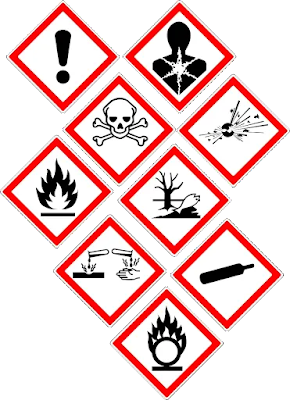Harmonization – GHS and SDS
An internationally accepted system for the classification & labelling of hazardous chemicals is indeed the Globally Harmonized System of Classification & Labeling of Chemicals (GHS). The GHS relies heavily on Safety Data Sheets (SDS), which offer thorough information on the risks associated with chemicals and how to handle them properly. The following are some essential details about the convergence of GHS & SDS:
.webp)
- International Standards: The GHS was developed by the United Nations and is an internationally recognized system for the classification and labelling of chemicals. This helps ensure that hazardous chemicals are identified and communicated consistently across countries and regions.
- SDS Requirements: The GHS requires that SDS be provided for hazardous chemicals and that these SDS follow a standardized format with specific information needed in each section.
- SDS Sections: The SDS includes 16 sections, including information about the chemical, its hazards, safe handling procedures, and emergency response.
- Chemical Classification: The GHS uses a hazard classification system to identify the hazards of chemicals, including physical, health, and environmental hazards. This system is based on a set of criteria that help to identify the hazards of a chemical.
- Labelling Requirements: The GHS also requires that hazardous chemicals be labelled with specific information, including the hazard pictogram, signal word, and hazard statement.
- Compliance: Many countries and regions have adopted the GHS system and require compliance with GHS requirements, including the provision of SDS for hazardous chemicals.
By harmonizing the classification & labelling of hazardous chemicals through the GHS and SDS, businesses can improve safety and health in the workplace by providing clear & consistent information about the hazards of chemicals and how to work safely with them.

.webp)